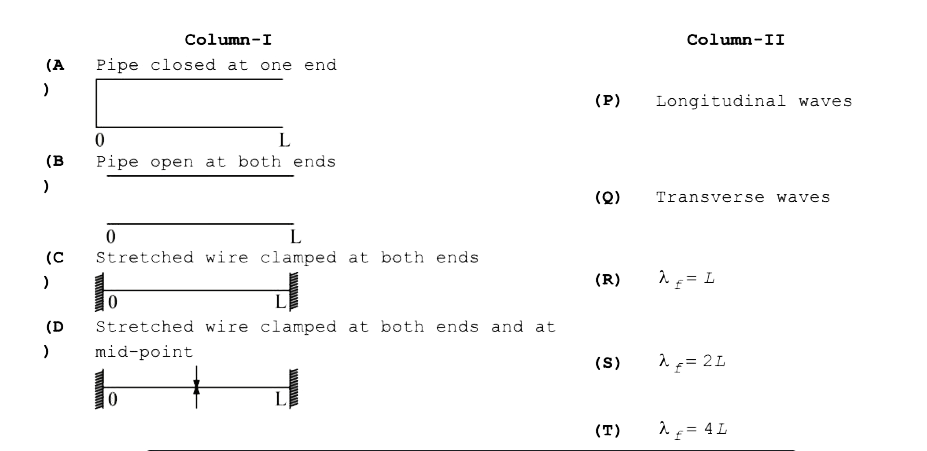Denial of a statement is called its
To solve the question "Denial of a statement is called its...", we need to analyze the definitions of the terms provided in the options: negation, converse, inverse, and truth value.
1. Understanding the Statement:
- We start with a statement, for example, "Root 2 is a rational number." This is a declarative statement that can be either true or false.
2. Identifying Denial:
- The denial of a statement means to reject or contradict the statement. In logical terms, this is known as the negation of the statement.
3. Defining Negation:
- Negation is a logical operation that takes a statement and produces a new statement that is true if the original statement is false, and false if the original statement is true. For the example given, the negation of "Root 2 is a rational number" would be "Root 2 is not a rational number."
4. Evaluating Other Options:
- Converse: This refers to switching the hypothesis and conclusion in a conditional statement (not applicable here).
- Inverse: This involves negating both the hypothesis and conclusion of a conditional statement (also not applicable here).
- Truth Value: This refers to whether a statement is true or false, not the denial of the statement.
5. Conclusion:
- Since the denial of a statement corresponds to its negation, we conclude that the correct answer is "negation."
Final Answer:
The denial of a statement is called its negation.
---
- We start with a statement, for example, "Root 2 is a rational number." This is a declarative statement that can be either true or false.
- The denial of a statement means to reject or contradict the statement. In logical terms, this is known as the negation of the statement.
- Negation is a logical operation that takes a statement and produces a new statement that is true if the original statement is false, and false if the original statement is true. For the example given, the negation of "Root 2 is a rational number" would be "Root 2 is not a rational number."
- Converse: This refers to switching the hypothesis and conclusion in a conditional statement (not applicable here).
- Inverse: This involves negating both the hypothesis and conclusion of a conditional statement (also not applicable here).
- Truth Value: This refers to whether a statement is true or false, not the denial of the statement.
- Since the denial of a statement corresponds to its negation, we conclude that the correct answer is "negation."
The denial of a statement is called its negation.
Similar Questions
The number of atoms present in one molecule of an element is called its______
View SolutionNatural frequency of a system is called its fundamental frequency, whose wavelength is denoted as λf. Match each system with statements given in Column-II describing the nature and wavelength of the standing waves.

View Solution
Knowledge Check
The propagation constant of a wave is also calle its
AwavelengthBfrequencyCwave numberDangular wave number
Each statement of a key is called
View SolutionAn organism's genetic constitution is called its :-
View SolutionThe energy stored within a substance is called its…………..
View SolutionObserve the following statements
Statement - I : p∨~(p∧q) is a tautology
Statement - II : A statement pattern is called a tautology, if it is always true, whatever may be the true value of constitute statements.
View SolutionThe number of atoms touching a particular atom in a crystal is called its ……….
View SolutionEach statement of the key is calle
View SolutionObserve the following statements :
Statements - I : (p∨q)∧(~p∧~q) is a contradiction.
Statement - II : A statement pattern is called a contradiction, it it is a always false, whatever may the truth values of its consitutes statements.
View Solution
